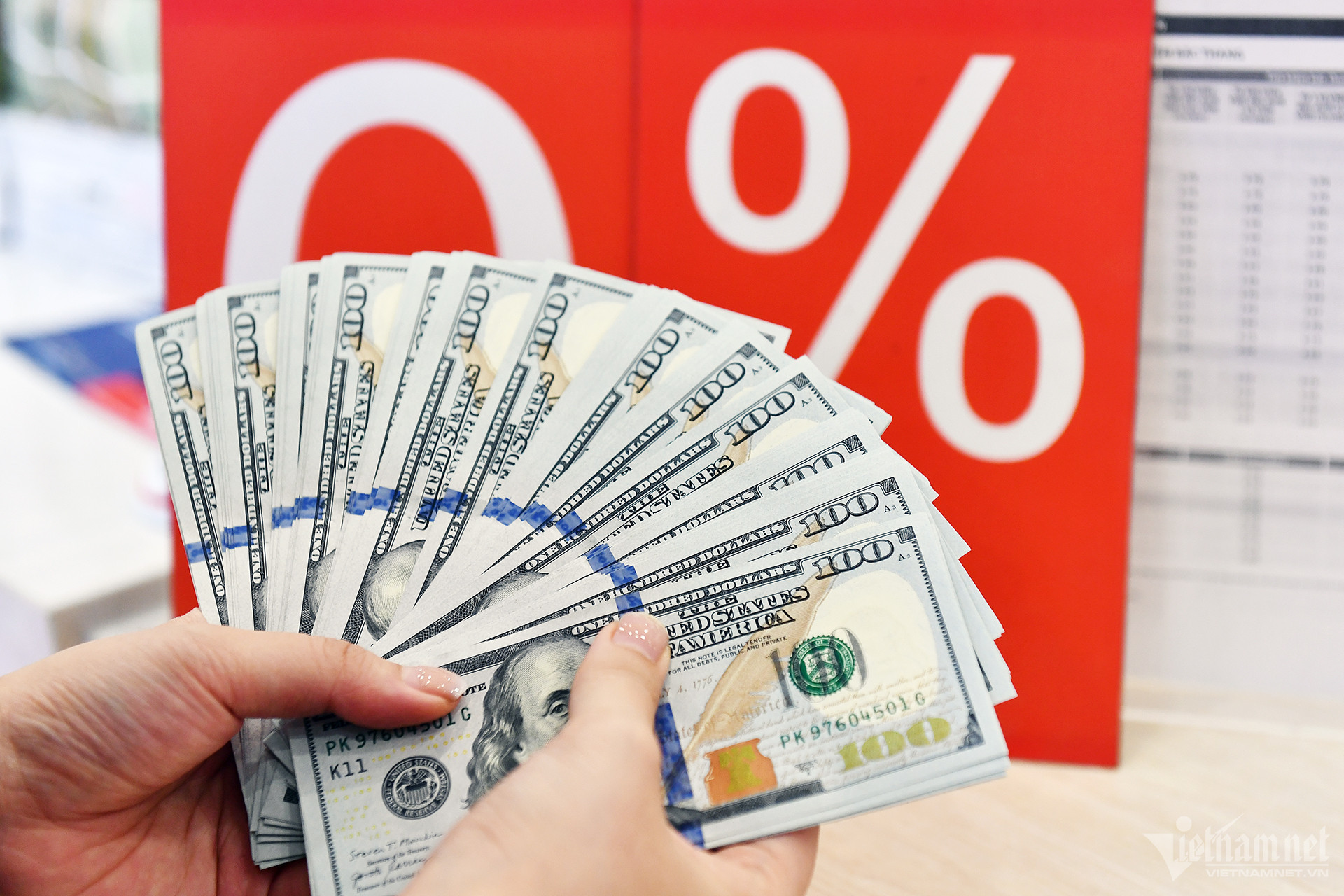The impact of the USD on listed companies in Vietnam
The USD/VND exchange rate influences macroeconomic factors, but its effect on the stock market is mostly psychological.

The Vietnamese đồng (VND) typically faces depreciation pressure during periods of U.S. dollar (USD) strength and remains relatively stable or appreciates slightly during USD downturns.
In 2025, despite the DXY (Dollar Index) weakening, the VND has still been under depreciation pressure—though within a controlled range managed by the State Bank of Vietnam (SBV), according to a report by Rồng Việt Securities (VDSC).
USD Strength
Analysts observe that the VND has greatly depreciated despite the USD's downtrend since the second half of 2022. This implies that any future USD depreciation will likely result in relatively moderate devaluation pressure on the VND, unless driven by local shocks (e.g., the SCB event in 2022) or external shocks (e.g., Vietnam facing unexpectedly high tariffs, leading to capital flight).
Experts also note that the wider exchange rate band (/-5%) and the SBV's willingness to allow a controlled depreciation of the VND are favourable signs for investor confidence.
According to VDSC, a stronger USD has mixed effects on Vietnam’s macro landscape. On the positive side, it can help improve the trade balance. However, it also poses risks to inflation, foreign currency debt repayment, and capital flows. Fortunately, inflation and external debt repayment risks have remained under control in recent years. On the flip side, foreign investor outflows have shown signs of increasing.
Historical data shows that sharp, unexpected devaluations of the VND have negatively impacted the VN-Index (notably in 2011 and 2022). In contrast, gradual or forecasted fluctuations in the exchange rate tend to have a neutral or positive effect on the stock market.
“At present, we believe that the wider FX band (/-5%) and the SBV’s acceptance of a controlled depreciation provide stability for investor sentiment. Unless there’s a sudden FX shock that catches the market off guard, the exchange rate should not be viewed as a negative factor for the stock market,” VDSC noted.
Impact on Corporates
Data shows that foreign currency revenue accounts for only 6–7% of the VN-Index’s total revenue, with just 52 out of 318 companies on the VN-Index regularly exposed to significant FX risk. This indicates that exchange rate movements have more impact on macro-level factors than on company fundamentals, while stock market reactions tend to be more sentiment-driven.
“From our preliminary and incomplete analysis of FX sensitivity across sectors, we observe that VND depreciation shows a positive correlation with software, transportation, and banking, while showing a negative correlation with real estate, healthcare, and utilities. The positive correlation in software, transport, and utilities can be partially explained by fundamentals, while we found no strong evidence for the rest,” VDSC stated.
- Software (e.g., FPT): Shows the highest positive correlation with FX. FPT’s foreign revenue averaged 46% from 2022–2024 thanks to software exports.
- Transport (e.g., VJC and GMD):
- VJC (VietJet) frequently records FX gains, possibly due to international flight revenue and sale & leaseback activities. Only 12% of its debt is in USD as of end-2024.
- GMD has no USD debt. Its foreign currency exposure comes from collecting shipping fees in USD. The company also employs FX hedging, so devaluation has minimal impact.
- Banking/Real estate: Though these sectors have relatively high correlation with FX movements, VDSC found no convincing evidence that VND depreciation meaningfully impacts core operations in either direction.
- Healthcare: No strong correlation was found between this sector and FX movements.
- Utilities: The negative correlation may stem from foreign currency debt (e.g., POW, PVG), though GAS often records FX gains due to USD-based revenues and costs.
Interestingly, consumer staples, including textiles and garments, show almost no correlation with FX movements—likely due to effective FX hedging strategies among companies in the sector.








